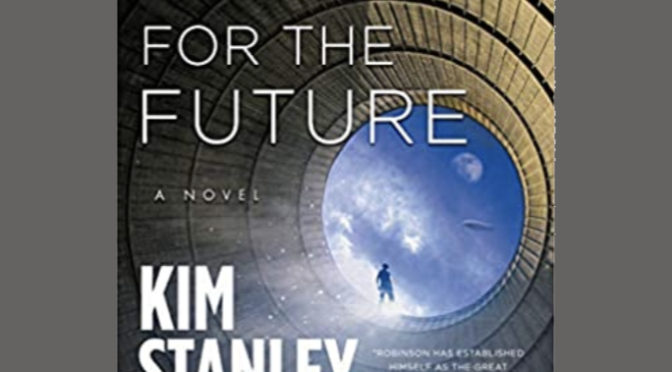Tag: New York 2140
-

Message From the Future Kim Stanley Robinson amps up his message on climate change
Kim Stanley Robinson’s climate-fiction blockbuster, The Ministry for the Future, has galvanized readers both within and outside the science fiction community—riding the wave of anxiety catalyzed by last year’s extreme weather events, along with increasingly urgent warnings from climate experts and activists. The novel’s power relies on a two-pronged strategy: offering…
-

Thinking about Gaia
In this month of Earth Day and marching for science and climate, I’m thinking about Gaia. A hashtag popped up on Twitter last week: #ifonlytheearthcouldspeak. Yes! That’s a good prompt to contemplate right now. The hashtag elicited a range of responses from funny and snarky to thoughtful and earnest. Some tweeters suggested that…
